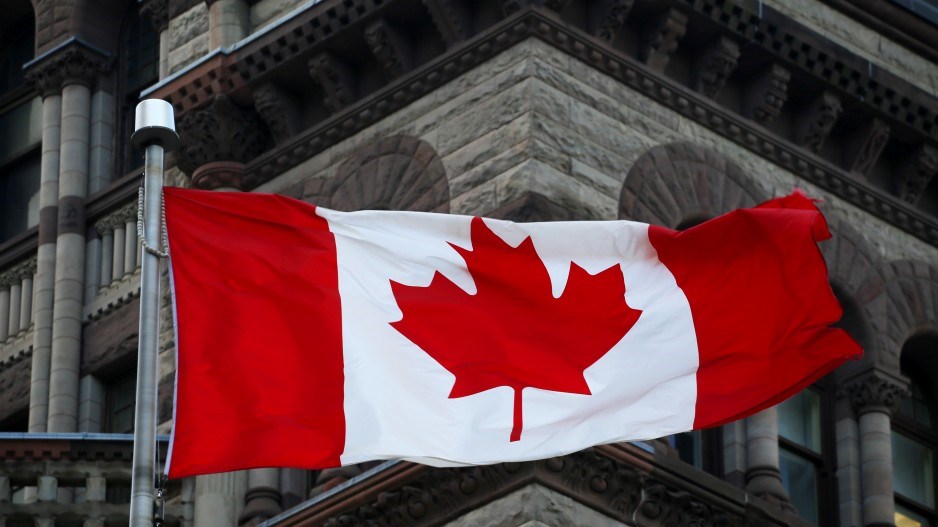The last event held by Justin Trudeau in the 2015 federal election campaign took place in North Vancouver.
His Liberal Party, which had started in a distant third place, was the frontrunner nationally. In sa国际传媒, the Liberals ended up with 35 per cent of all cast ballots and 17 seats – a massive change from the paltry 13 per cent and two seats they had won under Michael Ignatieff in 2011.
Only twice has the federal Liberal Party finished ahead of all others in British Columbia: Pierre Trudeau’s first election in 1968 and Justin Trudeau’s first election in 2015. In 2019 and 2021, the share of the vote for the Liberals in the province was 26 per cent and 27 per cent, respectively – well below 2015 levels.
The next federal election is expected to take place in 2025. With this in mind, Research Co. and Glacier Media asked British Columbians about the prime minister and his government. More than a third of the province’s residents (36 per cent) say the province has been treated “very well” or “well” by the federal government since Trudeau came into office in 2015. More than half (52 per cent) believe sa国际传媒 has been treated “badly” or “very badly.”
There is no discernible gender gap in these perceptions, but criticism is particularly harsh among specific groups. British Columbians of South Asian descent are more likely to believe that the province has been treated well by Trudeau’s Liberals (52 per cent) than those of European (35 per cent), East Asian (29 per cent) and Indigenous (16 per cent) heritage.
While 61 per cent of Liberal voters in the 2021 federal election think sa国际传媒 has been treated well by Trudeau, satisfaction with what has been accomplished appears muted. Only seven per cent of them select the “very well” option. Dissatisfaction reaches 51 per cent among New Democratic Party (NDP) supporters and 81 per cent among Conservative Party voters.
There are four Liberal cabinet members who represent a constituency in sa国际传媒 The approval rating is highest for Harjit Sajjan, minister of emergency preparedness and minister responsible for the Pacific Economic Development Agency of sa国际传媒 (32 per cent), followed by Jonathan Wilkinson, minister of energy and natural resources (29 per cent), Carla Qualtrough, minister of sport and physical activity (28 per cent) and Terry Beech, minister of citizens’ services (24 per cent).
Some of these ministers remain a mystery to British Columbians. More than a third (37 per cent) are undecided when asked about Sajjan, and the proportions are higher for Wilkinson (45 per cent), Qualtrough (51 per cent) and Beech (52 per cent). While sa国际传媒’s representation in cabinet is superior to what the province used to get under Jean Chrétien, the level of identification with specific ministers is low.
When we asked British Columbians to ponder the government of Stephen Harper, which ran from 2006 to 2015, views are evenly split. While 40 per cent consider that the province was treated “very well” or “well” under Harper, the same proportion (40 per cent) believe it was treated “badly” or “very badly.”
With Harper, the gender gap is significant. Almost half of men (48 per cent) believe sa国际传媒 did well with this Conservative prime minister, but only 34 per cent of women concur. The notion of current Conservative leader Pierre Poilievre taking sa国际传媒 “back to the Harper years” may provide plenty of fodder on social media, but British Columbians are not overwhelmingly upset with what transpired the last time that party ran the federal government. Right now, they are angrier at the current prime minister.
As part of this survey, we also reviewed an issue that captivated Canadians and British Columbians a few weeks ago: Trudeau’s revelation that Canadian intelligence services were investigating “credible allegations of a potential link between agents of the Government of India" and the killing of Canadian citizen Hardeep Singh Nijjar in British Columbia.
Almost three in five British Columbians (58 per cent) have followed news stories related to bilateral relations between sa国际传媒 and India – including 66 per cent of those aged 55 and over. A larger proportion of the province’s residents (62 per cent) say Trudeau’s claims are believable – including majorities of Conservative (57 per cent), NDP (68 per cent) and Liberal (73 per cent) voters in 2021.
While the public awaits more information about this matter, majorities of British Columbians say their opinion of India has worsened as a result of these allegations (53 per cent), want India to be included in the public inquiry into foreign interference in federal electoral processes and democratic institutions (55 per cent) and express concern about the well-being of Canadians living in and travelling to India (58 per cent). We will have to wait and see if perceptions on India follow a similar path nationwide to what has been observed with China and Russia .
Mario Canseco is president of Research Co.
Results are based on an online study conducted from Oct. 12-14 among 800 adults in sa国际传媒 The data has been statistically weighted according to Canadian census figures for age, gender and region in sa国际传媒 The margin of error is plus or minus 3.5 percentage points, 19 times out of 20.





